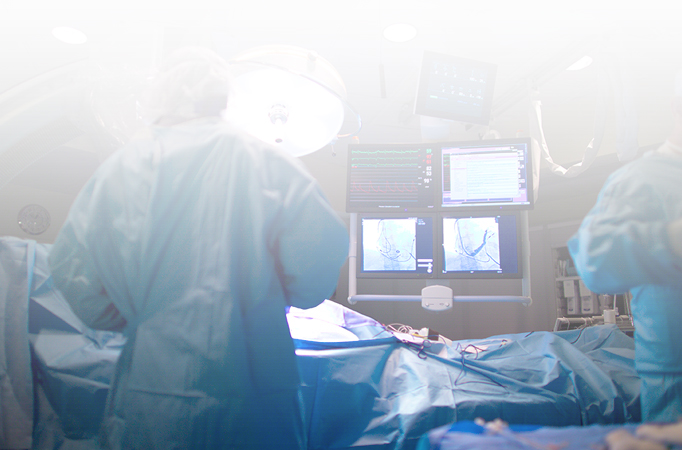Hysteroscopy...
Hysteroscopy
Hysteroscopy and endometrial biopsy is a test to look inside the uterus by using a narrow instrument (hysteroscope). This tubular instrument is slim (less than 6 mm in diameter. An instrument is placed on the neck of the womb (cervix) and the cervix canal is dilated to allow the passage of the hysteroscope). This may be carried out either under local or general anaesthesia. Once the hysteroscopy has been completed, a specimen of the lining of the womb is taken.
Indications for Diagnostic Hysteroscopy:
- Heavy periods
- Post menopausal bleeding
- Intermenstrual (bleeding in between periods) bleeding
- Post-coital bleeding
- Malformation of the uterus
- To assess fibroids and polyps in the uterine cavity
After the procedure and going home?
If you have a general anaesthetic you should not drive on the day of the procedure. It is recommended that all women who have a hysteroscopy (even under local anaesthetic) are accompanied when they go home, and do not spend the first night at home alone.
If required, you will be given your follow-up appointment before going home. Sometimes it may be necessary to send you your appointment by post.
Laboratory results of the specimens (endometrial biopsy) taken take up to ten days to be processed.
Vaginal bleeding can occur for up to seven days afterwards.
What are the important risks of the procedure?
- The procedure can cause excessive bleeding resulting in the need for a blood transfusion in about 4 of 1000 cases.
- Infection of the womb also occurs in about 4 of 1000 cases.
- Uterine perforation. It is possible that an instrument can pass through the muscle of the womb. This occurs in about 1 in 170 procedures and is called a 'uterine perforation'. In most cases of perforation there are no long term consequences.


